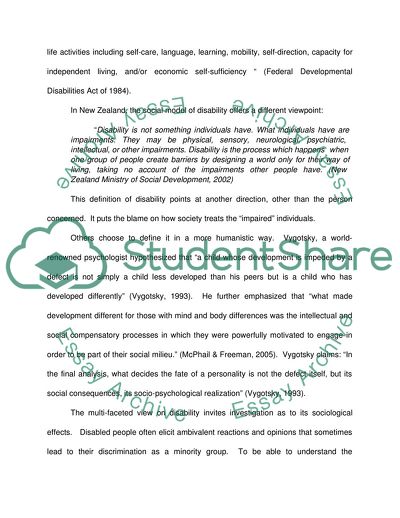Cite this document
(Anti-Discriminatory Practices for Disabled Children Essay, n.d.)
Anti-Discriminatory Practices for Disabled Children Essay. https://studentshare.org/family-consumer-science/1706923-anti-discriminatory-practice
Anti-Discriminatory Practices for Disabled Children Essay. https://studentshare.org/family-consumer-science/1706923-anti-discriminatory-practice
(Anti-Discriminatory Practices for Disabled Children Essay)
Anti-Discriminatory Practices for Disabled Children Essay. https://studentshare.org/family-consumer-science/1706923-anti-discriminatory-practice.
Anti-Discriminatory Practices for Disabled Children Essay. https://studentshare.org/family-consumer-science/1706923-anti-discriminatory-practice.
“Anti-Discriminatory Practices for Disabled Children Essay”. https://studentshare.org/family-consumer-science/1706923-anti-discriminatory-practice.


